This article originally appeared on Real Clear Markets on February 15, 2017.
Given the Democratic Party’s success in capturing the Presidency in 2008 and 2012, the results of the 2016 election left many election forecasters in disbelief. Had the razor-thin margins of victory in Wisconsin (.8 percent), Michigan (.3 percent) and Pennsylvania (1.2 percent) gone the other way, the Democratic Party would have maintained control of the White House. Given these numbers, understanding the 2016 election will involve splitting hairs. Here we analyze two: Rust Belt voters and black voters. In 2016, many current and former union-affiliated Rust Belt voters, amid declining labor union influence, flipped to the Republican Party, while both the Democratic Party victory margin and turnout among black voters fell—but why?
These two factions have previously and will likely continue to share economic policy viewpoints. Like other factions, they use their size to push candidates to voice their concerns in their policies and have the most to lose if their candidate is not victorious; yet, the economic policies now likely under consideration may in fact harm these groups.
Given their shared incentives, why did the coalition weaken? It may be driven in part by a diminished organizational capacity among them to whip their respective votes. First, the institutional mechanisms that empower organized labor in Rust Belt states, and black Americans nationwide, to assemble voting blocs historically relied in part upon union and black church membership. For an example, President George W. Bush’s “Faith-Based Initiatives,” which provided federal funding to support the social services work of religious organizations, combined with the Bush campaign’s outreach to African American voters and endorsements from leading black pastors, was credited for a 2-percentage point increase in his share of the black vote before his re-election in 2004.
The number of unionized workers, both private and public, has steadily decreased over the last several decades: membership has fallen by almost one-half from the early 1980s to 2015. Likewise, the nation’s black churchgoers appear to be thinning. A 2009 Pew study revealed a significant increase in the number of African Americans who identify as having no religious affiliation. While only 7 percent of black America’s civil rights generation identified as having no religious affiliation, 19 percent of black millennials now do. Absent a new organizing frame, these trends in declining membership potentially weaken the political power of organized labor and blacks.
Second, both factions now have considerable historical distance from the landmark policy reforms that galvanized them. Within labor, reforms during the New Deal raised wages and gave workers protections, showing the value of union membership and political loyalty. Black Americans likewise experienced civil rights gains, employment discrimination protection, and expanded access to the nation’s social safety net via the Great Society. Today, these factions are both 50 or more years removed from the moment when they benefited from large-scale reforms. Spatial distance may make the heart grow fonder, but temporal distance can dampen memories, and may further complicate mobilization.
Voters across these factions share many of the concerns of their parents and grandparents, including both economic security and physical health and safety. Seemingly current issues such as police misconduct have been grappled with for decades, and more often occur within minority communities disconnected from economic opportunity and political clout. Meanwhile, rising white mortality across the U.S. is driven largely by deaths from drug and alcohol use and suicide, with many of these households also facing rising economic insecurity without the requisite education and labor market skills to respond. Lacking the same organizational framework, current and former union-affiliated Rust Belt state voters, and black voters, may increasingly approach the political process as individuals, eroding their collective influence. This also challenges policymakers who try to create policy that responds to technological changes that favor workers with higher education, and helps workers better protect against and prepare for economic risk and change.
Today’s policy choices, including opaque-sounding proposals to “block grant” Medicaid and food stamps, could have far reaching consequences for these factions. Some analyses of policy proposals for the incoming Administration suggest that income support and health programs would likely face severe budget and benefit cuts. This was largely the case for the 1996 welfare reform that block granted assistance for the poor, according to some. The consequences of block granting might seem immediately clearer for black Americans nationally, given that roughly 1 in 4 lie below the poverty line, but the Rust Belt labor faction would get hit, too: Ohio, Wisconsin and Pennsylvania experienced double-digit increases in poverty since the 1980s thanks in part to the decline of manufacturing and textile-based employment. While many Rust Belt workers are still employed, they are oftentimes stuck in jobs that pay less and provide fewer benefits. For both factions, important policy choices lie ahead on health, poverty, and reforms to education and workforce training programs.
Looking back, Thomas Jefferson’s Democratic-Republican Party defeated John Adams and the Federalists in 1800 by successfully uniting the support of plantation owners in the slave-holding South and small farming families of the free North. Today, it is unclear how the current and former labor and the black voter factions will politically mobilize, but it seems that neither past (unions and churches) nor current (data-driven voter databases) mechanisms will prove sufficient on their own. What does seem clear is that the issues themselves—security, both in terms of the economy as well as day-to-day health and safety—have resonance with both groups. More work should be done to understand how changing institutions and a changing economy impact these two factions. While they are sometimes discussed in oppositional terms, they have historically had much in common and a shared fate, for better or worse.
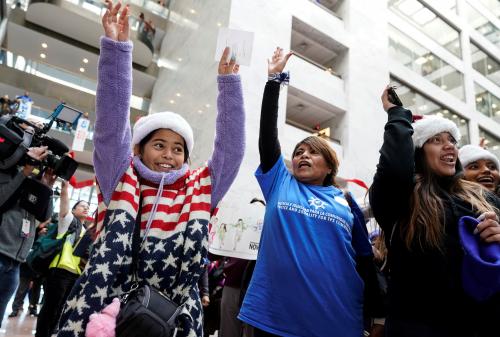

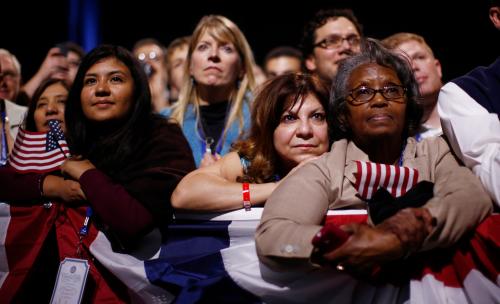
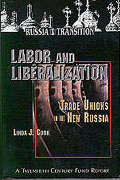
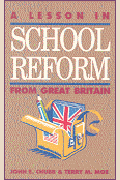
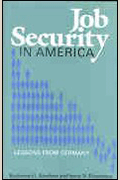
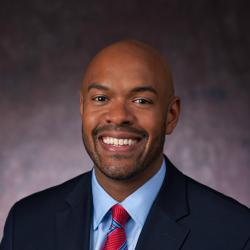

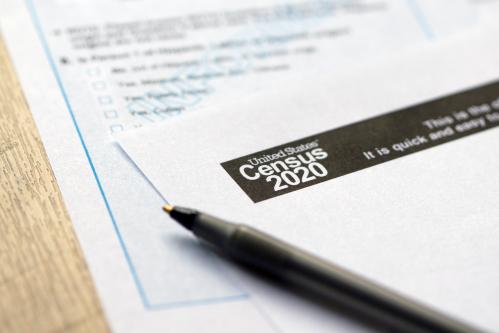
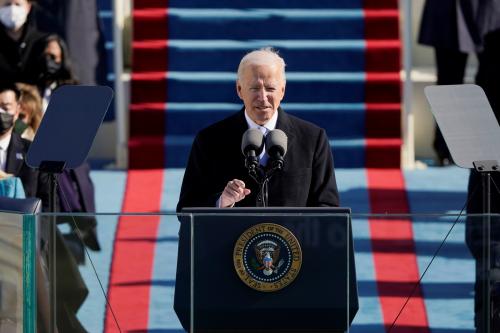
Commentary
Op-edFractured factions: Labor unions, the Rust Belt, and black America
February 15, 2017